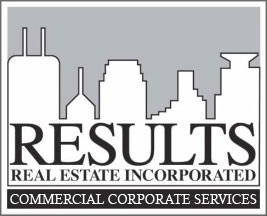What are the Characteristics of Flex Space?
Narrative
In the post war era, many industrial buildings had loading docks for trucks in front of the building, forcing employees and visitors to go around these trucks to go to work. Although basic rear-loading industrial buildings were built in the 1970’s, the 1980’s saw demand for more office space and much more attractive industrial buildings. Property developers came up with industrial buildings with rear loading docks, plenty of parking in front of the space, and high ceilings. They also had more air-conditioned finished space which allowed for more office space. These features allowed businesses to use such buildings for various purposes. Thus, flex space was born.
Advantages
Businesses can use flex space for manufacturing, inventory storage, and office space. With the clean design of a flex space, businesses can alter their space configuration as their needs change without having to move. For example, they can transform the area into a showroom to display their products to prospective customers or they can also turn it into a laboratory, a partial retail store, or an assembly area. A company’s zoning classification will help determine if the business can operate in a flex building.
Flexibility
A business usually rents a flex space for three to five years. As such, a growing business can quickly move if it outgrows the flex space. Flex space sizes are available from 1,500 to over 20,000 square feet; 3,500 square foot bays are the most popular. Businesses can move from one flex space to another as their needs fluctuate. A business renting a flex space has control over various building features, such as HVAC, security and operating hours.
Value
The lease rate on a flex space is often less than that of an office space. By only renting the space it needs, companies save on costs associated with common areas, like elevators, stairways and large vestibules typically included in an office building lease. Also, the single-level design of the space costs less to build, allowing the property developer to pass on the savings to the tenant. Finally, the business pays its own utilities, rather than sharing costs with an entire building without any control of the usage. Flex spaces are usually located in a business or industrial park rather than the central business district, which makes the rent and taxes less expensive.


